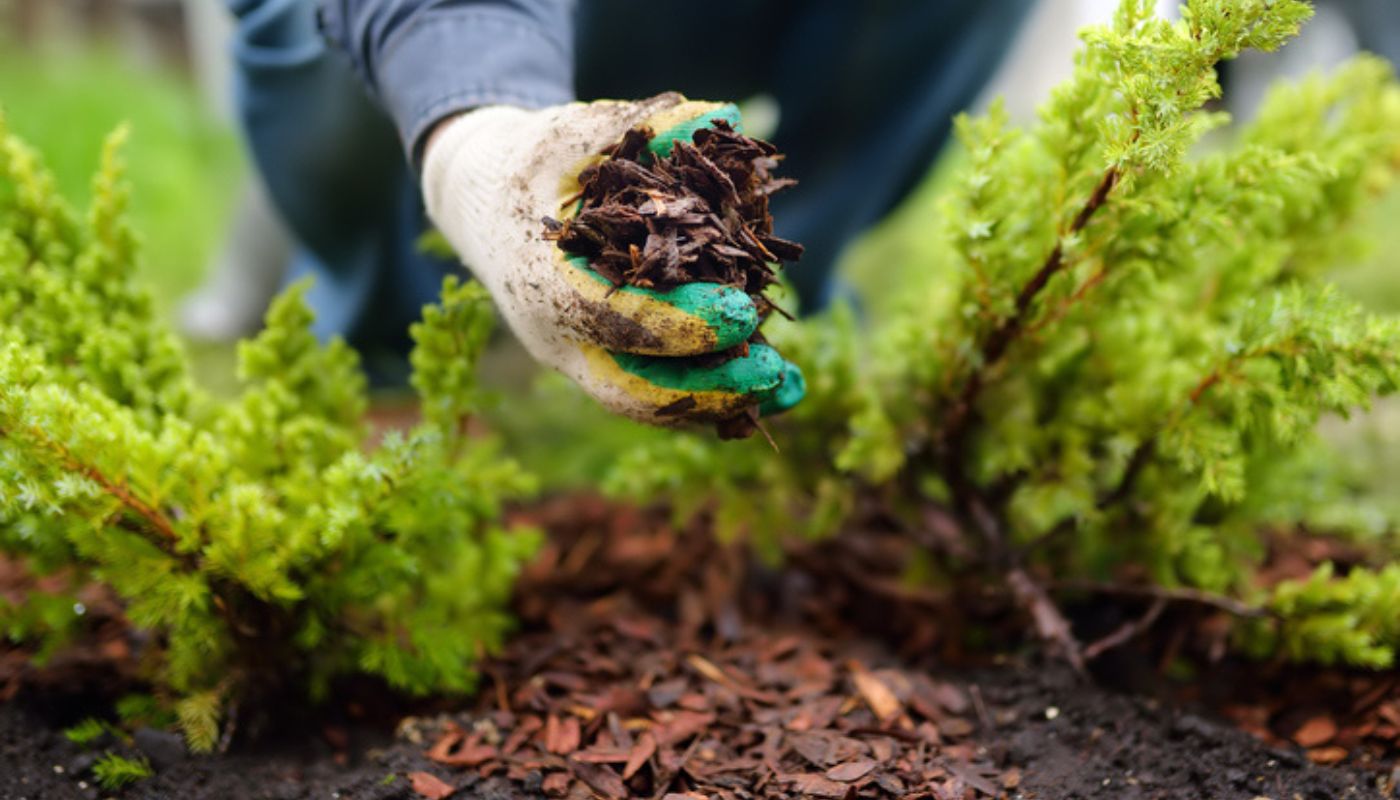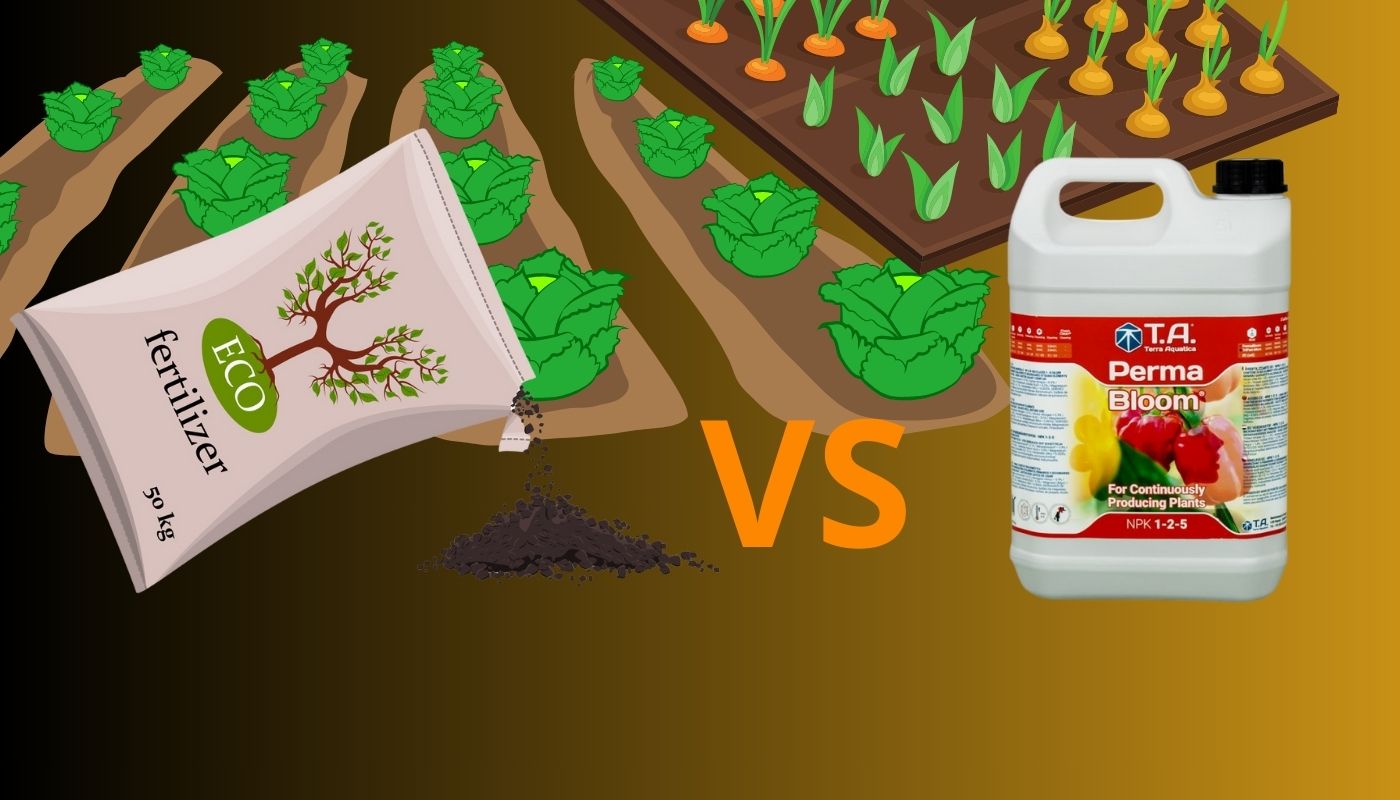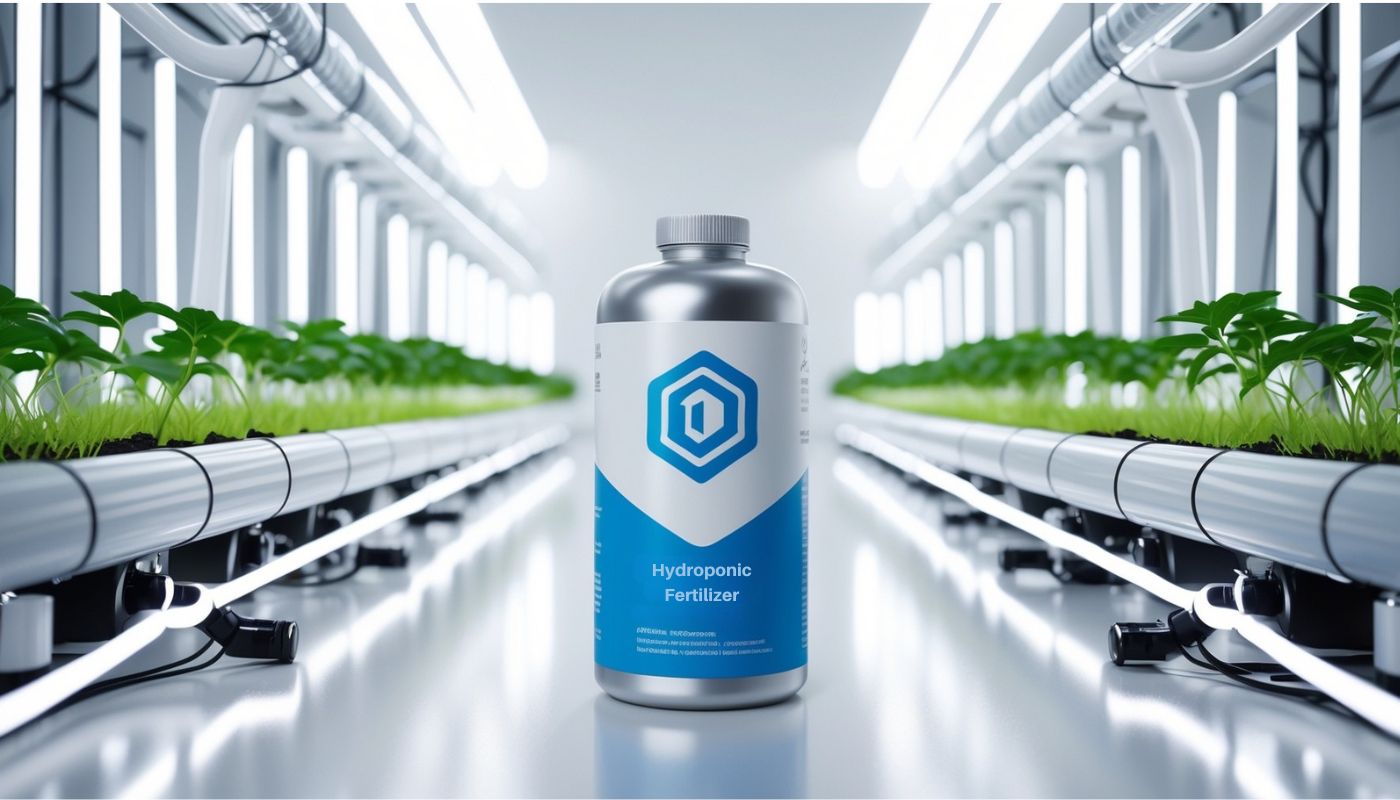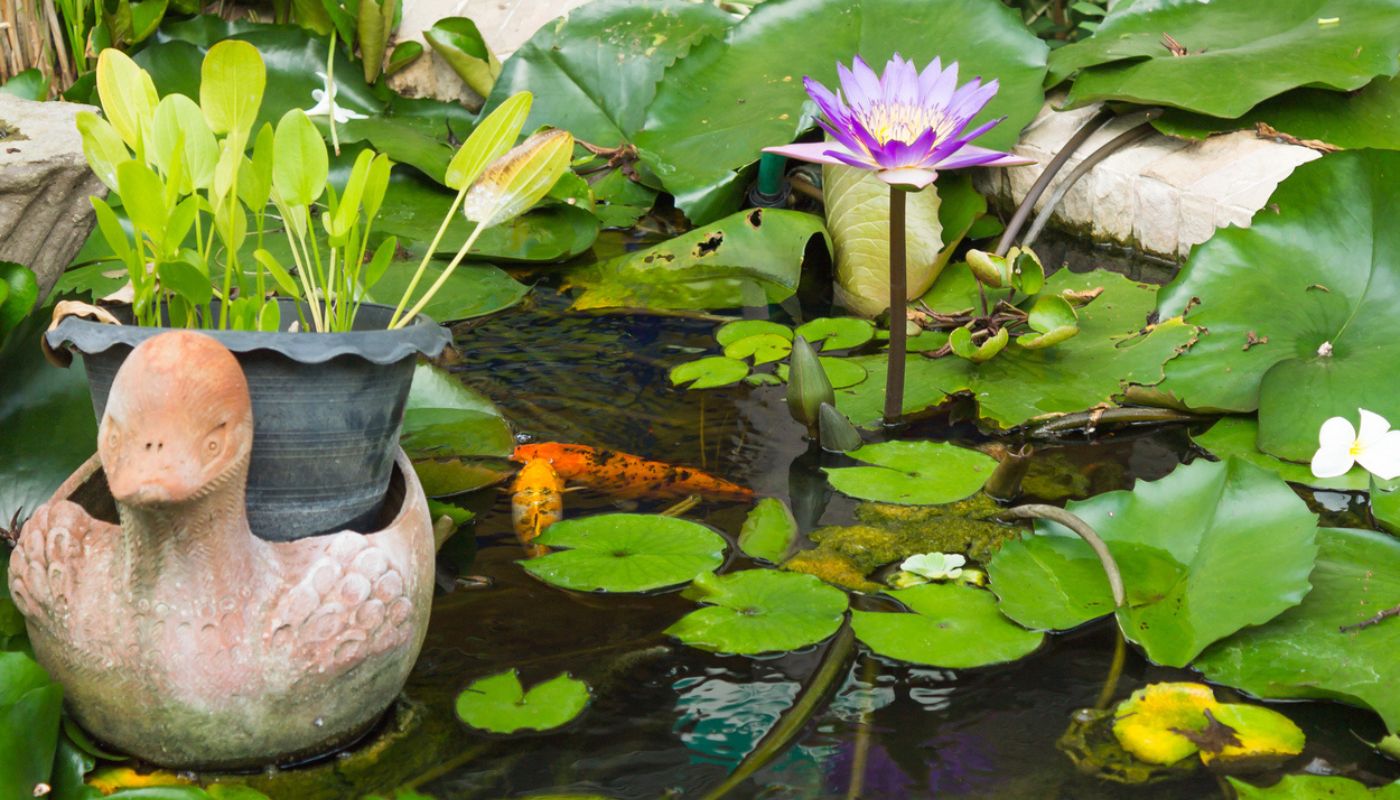
Effective Mulching Techniques for Moisture Retention in Dry Soils

Mulching around hosta plants to improve soil health and moisture retention.
Mulching, a time-honored horticultural practice, is a highly effective method for retaining moisture in dry soils. It involves the application of organic or inorganic materials on the soil surface to conserve moisture, reduce weed growth, and improve soil health. The benefits of mulching are manifold, but its primary function is to create a barrier between the soil and the atmosphere, thereby reducing evaporation and helping the soil retain its moisture content.
The choice of mulching material is crucial and depends on the specific requirements of the soil and the plants. Organic mulches, such as straw, wood chips, leaves, and compost, are often preferred due to their ability to improve soil structure, fertility, and microbial activity as they decompose. They also help in moderating soil temperature, which is particularly beneficial in hot, dry climates.
Straw mulch, for instance, is an excellent choice for vegetable gardens and annual flower beds. It is light, easy to spread, and provides a good insulation layer. Wood chips and bark mulches are more suitable for perennial beds and around trees and shrubs, where they can remain undisturbed for a longer period. Leaves, another readily available mulching material, are best shredded before use to prevent matting and to facilitate their decomposition.
Compost, while technically a soil amendment, can also be used as a mulch. It not only retains moisture but also supplies nutrients to the soil. However, it should be noted that compost tends to dry out faster than other mulches, and hence, may need to be replenished more frequently.
Inorganic mulches, such as gravel, pebbles, and plastic sheets, are also used, especially in landscapes and ornamental gardens. While they do not contribute to soil fertility, they are highly effective in moisture retention and weed control. Plastic mulches, in particular, are extensively used in commercial agriculture for their ability to warm the soil and extend the growing season.
Regardless of the type of mulch used, proper application is key to its effectiveness. Mulch should be applied to a depth of 2-4 inches, taking care not to pile it against the stems of plants, as this can lead to rot. It is also important to remember that while mulching conserves soil moisture, it does not replace the need for watering. The soil should be thoroughly watered before applying mulch, and regular watering should continue based on the needs of the plants.
Mulching is not a one-time task but a part of ongoing garden maintenance. Organic mulches decompose over time and need to be replenished regularly. Even inorganic mulches may need to be topped up occasionally to maintain their effectiveness.
In conclusion, mulching is a simple and cost-effective technique for retaining moisture in dry soils. By choosing the right mulching material and applying it correctly, gardeners can significantly improve the health and productivity of their gardens, even in challenging climatic conditions. Whether you are a home gardener trying to keep your flower beds vibrant or a commercial farmer looking to increase crop yield, mulching can be a game-changer. It is a testament to the wisdom of traditional gardening practices that continue to hold relevance in our modern, technology-driven world.
Exploring the Role of Mulching in Conserving Soil Moisture

Diagram of soil layers with red mulch for improved soil health and weed control.
Mulching, a time-honored horticultural practice, plays a pivotal role in conserving soil moisture, particularly in regions with dry soils. This technique involves the application of organic or inorganic materials on the soil surface to create a protective layer. The primary purpose of mulching is to retain soil moisture, reduce evaporation, and improve the overall soil health, thereby promoting plant growth and productivity.
The process of mulching begins with the selection of appropriate mulching materials. Organic mulches, such as straw, wood chips, leaves, and compost, are often preferred due to their ability to improve soil structure, fertility, and biological activity as they decompose over time. In contrast, inorganic mulches, such as plastic sheets or gravel, are more durable and effective in reducing evaporation but do not contribute to soil fertility.
The application of mulch is a straightforward process. The mulching material is spread evenly over the soil surface, forming a layer that is typically two to four inches thick. This layer serves as a barrier between the soil and the atmosphere, reducing the rate of evaporation from the soil surface. Consequently, the soil retains more moisture, which is particularly beneficial in dry conditions where water is a limiting factor for plant growth.
Moreover, mulching also helps to moderate soil temperature. By providing a protective layer, mulch can prevent extreme fluctuations in soil temperature, which can be detrimental to plant roots. In hot weather, mulch keeps the soil cooler by blocking direct sunlight, while in cold weather, it acts as an insulator, keeping the soil warmer. This temperature regulation further aids in moisture retention as cooler soils tend to lose less water to evaporation.
In addition to moisture retention and temperature regulation, mulching also offers several other benefits. It helps to suppress weed growth by blocking sunlight, thereby preventing weed germination and growth. This not only reduces competition for water and nutrients but also saves time and effort in weeding. Furthermore, organic mulches can enhance soil fertility as they decompose, releasing nutrients into the soil that can be utilized by plants.
However, while mulching offers numerous benefits, it is essential to apply it correctly to maximize its effectiveness. Over-mulching can lead to waterlogging and root rot, while under-mulching may not provide the desired benefits. Therefore, it is crucial to apply the right amount of mulch and refresh it periodically to maintain its effectiveness.
In conclusion, mulching is a highly effective technique for conserving soil moisture in dry soils. By creating a protective layer on the soil surface, mulch reduces evaporation, moderates soil temperature, suppresses weed growth, and can enhance soil fertility. Therefore, it is a valuable tool for gardeners and farmers alike, particularly in regions with dry soils where water conservation is of utmost importance. However, like any horticultural practice, it requires careful application and management to ensure its effectiveness. With the right approach, mulching can significantly improve soil health and plant productivity, making it a cornerstone of sustainable and efficient gardening and farming practices.

Using a wheelbarrow to distribute mulch in the garden for plant protection.
Strategies for Combatting Dry Soil Conditions
Mulching, a time-honored horticultural practice, has been used for centuries to protect and enrich soil. In recent years, innovative mulching strategies have emerged as a powerful tool for combatting dry soil conditions. These techniques are particularly useful in arid regions where water scarcity is a significant challenge. By retaining moisture, mulching not only helps to conserve water but also promotes healthier plant growth.
Mulching involves the application of organic or inorganic materials on the soil surface. This layer serves as a barrier, reducing evaporation and helping the soil retain its moisture content. Organic mulches, such as straw, wood chips, and compost, have the added benefit of improving soil fertility as they decompose. Inorganic mulches, like plastic sheets or gravel, are more durable and can be particularly effective in extremely dry conditions.
One innovative mulching technique that has gained popularity is the use of biochar. Biochar is a type of charcoal produced from plant matter and stored in the soil as a means of sequestering carbon. Its porous nature allows it to retain water effectively, making it an excellent mulch for dry soils. Moreover, biochar improves soil fertility by increasing its capacity to hold onto essential nutrients.
Another promising strategy is the use of hydrogel-based mulches. Hydrogels are superabsorbent polymers that can retain large amounts of water. When incorporated into mulch, they act like tiny reservoirs, slowly releasing water into the soil over time. This not only helps to maintain soil moisture but also reduces the frequency of watering, making it a sustainable option for water conservation.
In addition to these novel techniques, traditional mulching methods are also being refined and optimized. For instance, the practice of sheet mulching involves layering cardboard or newspaper over the soil before adding a layer of organic mulch. This creates a barrier that not only retains moisture but also suppresses weeds. The cardboard or newspaper eventually decomposes, adding organic matter to the soil.
Similarly, the use of living mulches, such as cover crops or groundcovers, is being increasingly recognized for its effectiveness in moisture retention. These plants form a living carpet over the soil, reducing evaporation and improving soil structure. As they die back or are cut down, they add organic matter to the soil, further enhancing its water-holding capacity.
While these mulching techniques can significantly improve soil moisture retention, it’s important to note that they are not a one-size-fits-all solution. The choice of mulch and the method of application should be tailored to the specific needs of the soil and the plants being grown. Factors such as soil type, climate, and plant species all play a role in determining the most effective mulching strategy.
In conclusion, innovative mulching strategies offer a promising approach to combatting dry soil conditions. By retaining moisture, these techniques not only help to conserve water but also create a more conducive environment for plant growth. As water scarcity continues to be a global challenge, the importance of such strategies in sustainable horticulture cannot be overstated.






